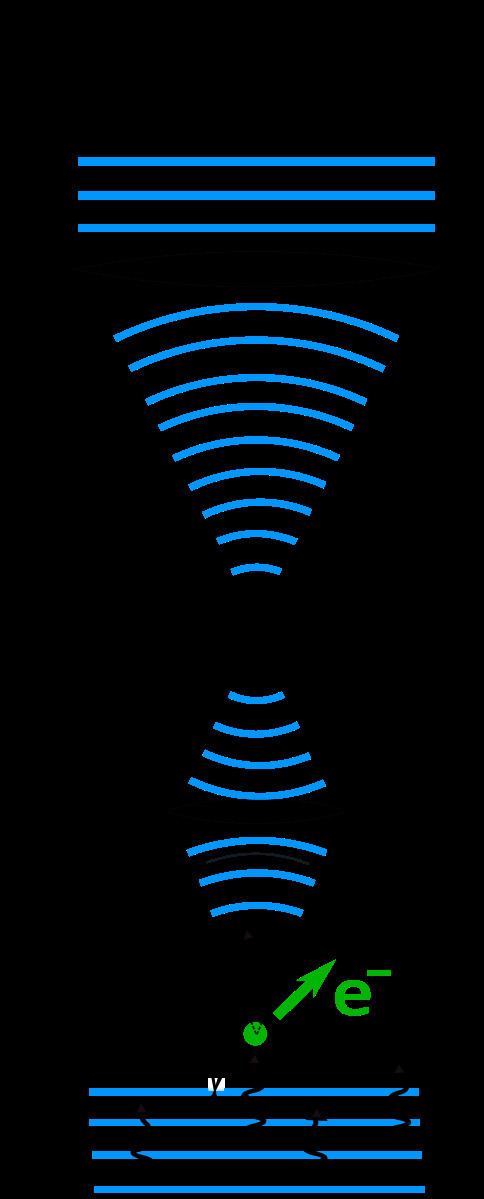 | ||
Heisenberg's microscope exists only as a thought experiment, one that was proposed by Werner Heisenberg, criticized by his mentor Niels Bohr, and subsequently served as the nucleus of some commonly held ideas, and misunderstandings, about Quantum Mechanics. In particular, it provided an argument for the uncertainty principle on the basis of the principles of classical optics. Recent theoretical and experimental developments have argued that Heisenberg's intuitive explanation of his mathematical result are misleading. While the act of measurement does lead to uncertainty, the loss of precision is less than that predicted by Heisenberg's argument when measured at the level of an individual state. The formal mathematical result remains valid, however, and the original intuitive argument has also been vindicated mathematically when the notion of disturbance is expanded to be independent of any specific state.
Contents
Heisenberg's argument
Heisenberg begins by supposing that an electron is like a classical particle, moving in the
When an observer perceives an image of the particle, it's because the light rays strike the particle and bounce back through the microscope to their eye. However, we know from experimental evidence that when a photon strikes an electron, the latter has a Compton recoil with momentum proportional to
Combining the relations for
which is an approximate expression of Heisenberg's uncertainty principle.
Problems with the argument
This thought experiment was formulated to help in introducing Heisenberg's Uncertainty Principle, which stands as one of the pillars of modern physics and as a theory that has been tested and confirmed countless times. That being said, the thought experiment has the somewhat unusual characteristic of attacking the premises under which it was constructed (Reductio ad absurdum), or at least of being involved in the development of an area of physics, quantum mechanics, that redefined the terms under which the original thought experiment was conceived. Quantum mechanics questions whether electrons actually have a determinate position before they are disturbed by the measurement that one might try to use to establish that they have such determinate positions. Under a more thorough quantum mechanical analysis, an electron has some probability of showing up at any point in the universe, but the probability that it will be far from where one might expect it to be becomes very low for places at great distances from the neighborhood in which it was originally found. In other words, the "position" of an electron can only be stated in terms of a probability distribution, and predictions of where it will move to can also only be given in terms of a probability distribution.
